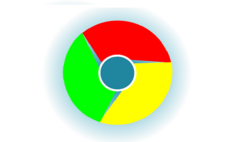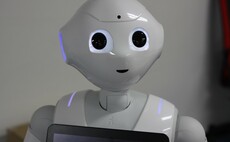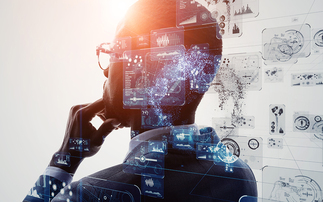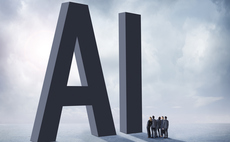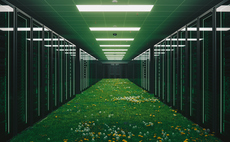Hinton, working with Google, claims new approach to AI could be applied to speech recognition
Geoffrey Hinton, the cognitive psychologist and computer scientist, most noted for his work on neural networks, has unveiled a new AI advancement that, he claims, won't over-consume large datasets....
To continue reading this article...
Join Computing
- Unlimited access to real-time news, analysis and opinion from the technology industry
- Receive important and breaking news in our daily newsletter
- Be the first to hear about our events and awards programmes
- Join live member only interviews with IT leaders at the ‘IT Lounge’; your chance to ask your burning tech questions and have them answered
- Access to the Computing Delta hub providing market intelligence and research
- Receive our members-only newsletter with exclusive opinion pieces from senior IT Leaders









